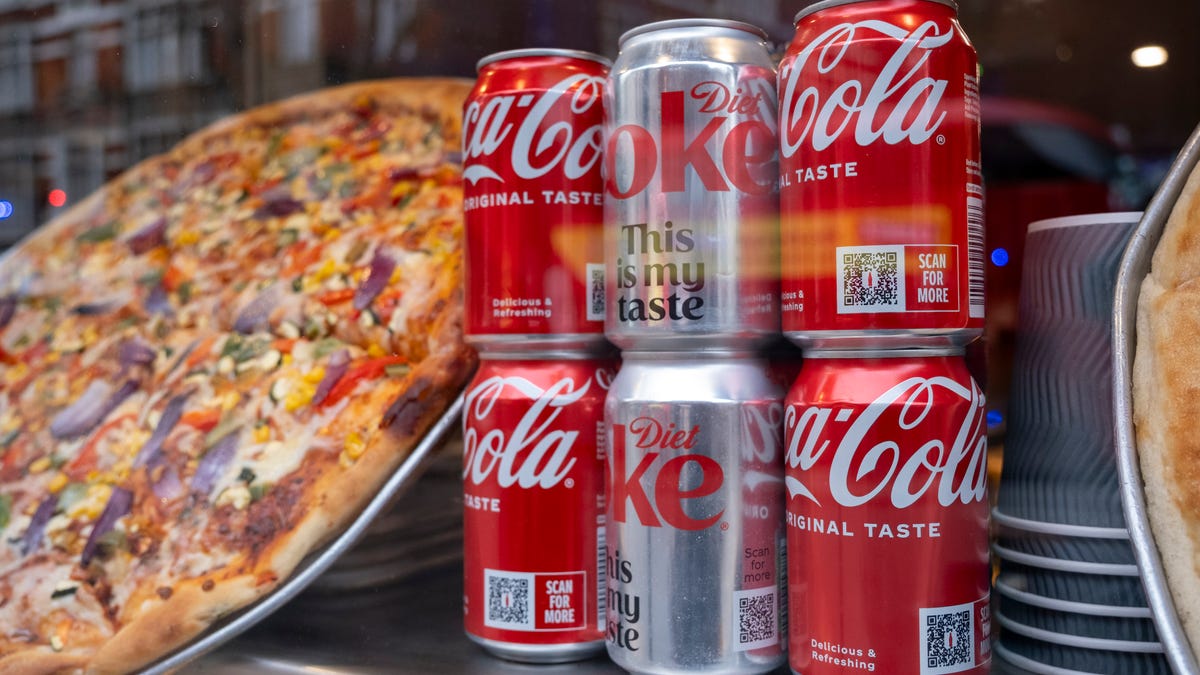Coca-Cola's Strategic Shift Back to Plastic Bottles Amid Rising Aluminum Costs
Coca-Cola is bringing back a classic to cope with Trump tariffs 🔗

Coca-Cola is considering a return to plastic bottles to mitigate the impact of rising aluminum costs due to tariffs imposed by President Trump. During a recent earnings call, CEO James Quincey acknowledged the challenges posed by a 25% increase in aluminum prices but stated that it wouldn't severely affect the company's overall performance. To manage these costs, Coca-Cola may revise its recycling goals, previously aiming for 100% recyclable packaging by 2030. Despite these challenges, the company reported strong earnings in the last quarter, boosted by price increases and growing demand for healthier beverage options, such as Coca-Cola Zero Sugar and its Fairlife dairy line.
Why is Coca-Cola considering a return to plastic bottles?
Coca-Cola is looking to return to plastic bottles to cope with the rising costs of aluminum due to tariffs imposed by the Trump administration.
How have the tariffs affected Coca-Cola's recycling goals?
The rising aluminum costs may lead Coca-Cola to adjust its recycling goals, which were initially set to have all packaging recyclable by 2030, to instead using 30-35% recycled plastic globally by 2035.
What trends are benefiting Coca-Cola's sales?
Coca-Cola's sales have been positively impacted by price hikes on its products and an increasing demand for healthier beverage options, like Coca-Cola Zero Sugar and its Fairlife dairy line.